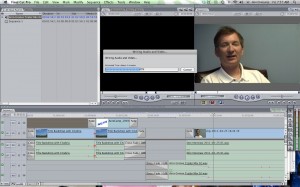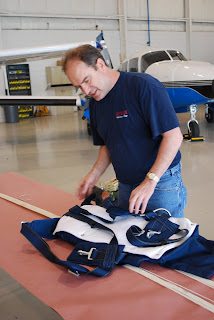Hi, there! Long time no post! As the amount of daylight shrinks and the airshow season draws to a close, we’re increasingly laboring over a hot workstation to deliver up this tasty film to expectant audiences the world over.
The sorties (41 in all!) are almost entirely logged. The storyboard is now populated with everything I think we care about from what we’ve gathered so far and it’ll be mostly rearranging or adding the few additional things that we find going forward. The soundtrack has been locked down for months and it remains only to figure out what goes where as far as that goes. We can honestly see rough cuts going out to first viewers in November.
We’re thinking that a new trailer will be in order by next month now that we know where all of the tasty bits of video are and we can come up with something much more visually compelling than the first trailer.
And, as I’m sure you’ve guessed if you’re reading this, the website redesign is mainly complete and it remains only to populate it with more content as we go. (And, of course, a store that we’ll turn on as soon as the final master goes to press!)
Stay tuned! We’re in the final push!






